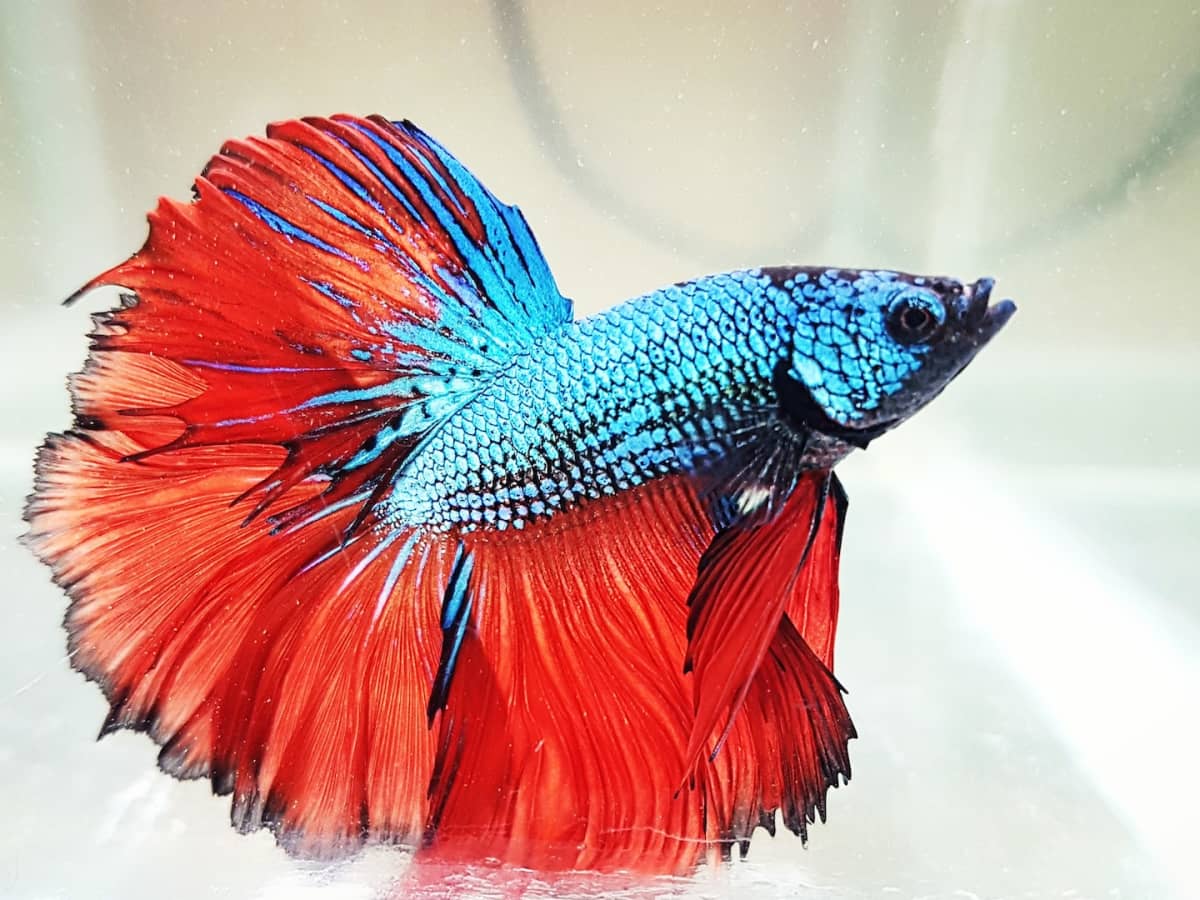Betta Fish Diet Plan: What to Feed Your Betta for Optimal Wellness
Betta Fish Diet Plan: What to Feed Your Betta for Optimal Wellness
Blog Article
Just How to Reproduce Betta Fish Successfully: Expert Techniques and Insights for Hobbyists Looking to Expand Their Betta Collection
Breeding Betta fish needs a nuanced understanding of genes and ecological conditions, making it essential for hobbyists to come close to the process with both diligence and treatment. Producing an optimum breeding environment, selecting the right pairs, and observing the intricacies of their courtship behaviors are fundamental steps that can significantly affect the outcome. Additionally, the subsequent care of the fry is essential for ensuring their healthy and balanced growth. As we explore these key components, it becomes clear that successful breeding is not practically the first pairing yet incorporates a broader method that qualities careful factor to consider.
Recognizing Betta Fish Genes
Comprehending the genetics of Betta fish is essential for effective breeding, as it influences qualities such as shade, fin shape, and behavior. Betta fish exhibit a varied array of shades and patterns, mostly identified by their hereditary make-up.
In enhancement to pigmentation, fin morphology is another considerable facet of Betta genetics (betta fish). The shape and size of fins are influenced by numerous genes, consisting of those that establish whether the fins are brief, long, or veil-shaped. Understanding these genetic variations assists dog breeders predict the phenotypic end results of their children
Moreover, behavioral characteristics such as aggressiveness and territoriality can likewise be affected by genetics. These actions play an essential role in the breeding process, as they can affect spawning success and the general temperament of the resulting fry. By comprehensively understanding these hereditary concepts, breeders can make informed decisions, ultimately boosting their reproduction programs and accomplishing preferable results.
Preparing the Reproduction Setting
Developing an ideal reproduction setting is essential for the effective reproduction of Betta fish. The initial action in preparing this environment is to select an ideal breeding tank, ideally ranging from 5 to 10 gallons.
Next, take into consideration the use of a sponge filter or an air stone to give mild water flow without developing solid currents that can worry the fish. It is vital to install plants or breeding cones to offer hiding areas and advertise comfort for the lady during the spawning procedure. Floating plants, such as Java moss or water sprite, can also develop an extra natural surroundings while helping with bubble nest structure by the male.
Prior to introducing the reproducing pairs, ensure the water is conditioned and devoid of hazardous chemicals, such as chlorine or hefty metals. betta fish. Routine water adjustments ought to be conducted to maintain optimum water top quality, improving the chances of effective reproduction. With these prep work in location, the reproducing setting will certainly sustain the wellness and wellness of both Betta fish
Choosing Breeding Pairs
Picking the right breeding pairs is important for attaining successful Betta fish recreation. Healthy Betta fish show vivid shades, clear eyes, and energetic behavior.
Personality is another essential factor to consider, as Betta fish are recognized for their aggressive nature. It is recommended to select a male and female that show compatible personalities to minimize anxiety during the reproducing process. A tranquil man can urge a smoother courtship, while a woman that is too aggressive might interfere with the procedure.
Hereditary background likewise plays a considerable function in the quality of the spawn. Reproducing fish that are genetically varied can reduce the risk of hereditary wellness concerns and enhance the general vitality of the fry. It is useful to look into the family tree of both the male and female, focusing on preferable attributes such as fin type, color scheme, and dimension.
The Breeding Process
The breeding process of Betta fish requires careful planning and interest to detail to ensure an effective result. Initially, it is crucial to prepare an ideal breeding storage tank, ideally a 5-10 gallon fish tank with a temperature maintained at 78-80 ° F. The tank needs to be furnished with a heater, filter (preferably sponge type to prevent solid currents), and a lot of aquatic plants for the lady to hide.
When the environment is set, introduce the selected breeding pair to the tank, permitting them to accommodate. Observe their habits; the male will certainly display elaborate courtship rituals, including flaring his fins and building a bubble nest. If the female shows passion, she will display navigate to these guys vertical red stripes showing readiness for spawning.
When the female is responsive, both will certainly take part in a mating welcome, during which the male fertilizes the eggs. It is vital to check their interactions closely, as the male may come to be aggressive. After spawning, eliminate the lady to protect against possible harm. The man will tend to click the eggs, which generally hatch within 24-36 hours. Maintaining optimum water problems throughout this duration is crucial for the advancement of healthy Betta fry.
Taking Care Of Betta Fry

Feeding Betta fry is crucial, as they call for a diet plan high in protein. At first, they can be fed infusoria or liquid fry food, transitioning to carefully smashed high-grade pellets as they expand. Feed little parts several times a day to motivate healthy and balanced development without overwhelming the storage tank with uneaten food.

As they mature, monitor their growth closely and divide any hostile people to avoid damage. By giving a supporting environment and correct nutrition, enthusiasts can effectively increase Betta fry Go Here right into vibrant, healthy fish, inevitably enhancing their breeding endeavors.
Final Thought
Effective Betta fish reproduction calls for careful attention to genetic choice, environmental problems, and care for the fry. By recognizing the genetics of Betta fish and preparing an appropriate reproduction atmosphere, enthusiasts can boost the opportunities of generating vivid, healthy and balanced children.
Report this page